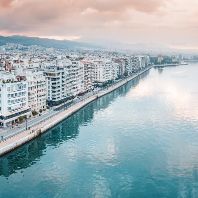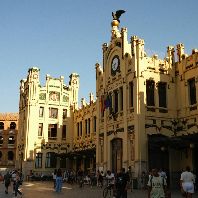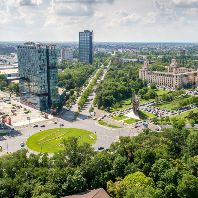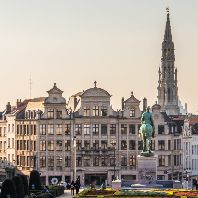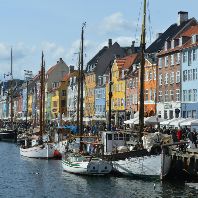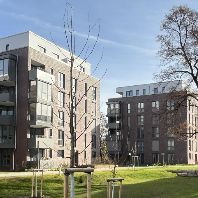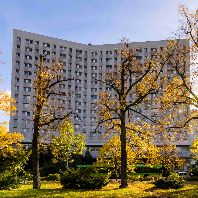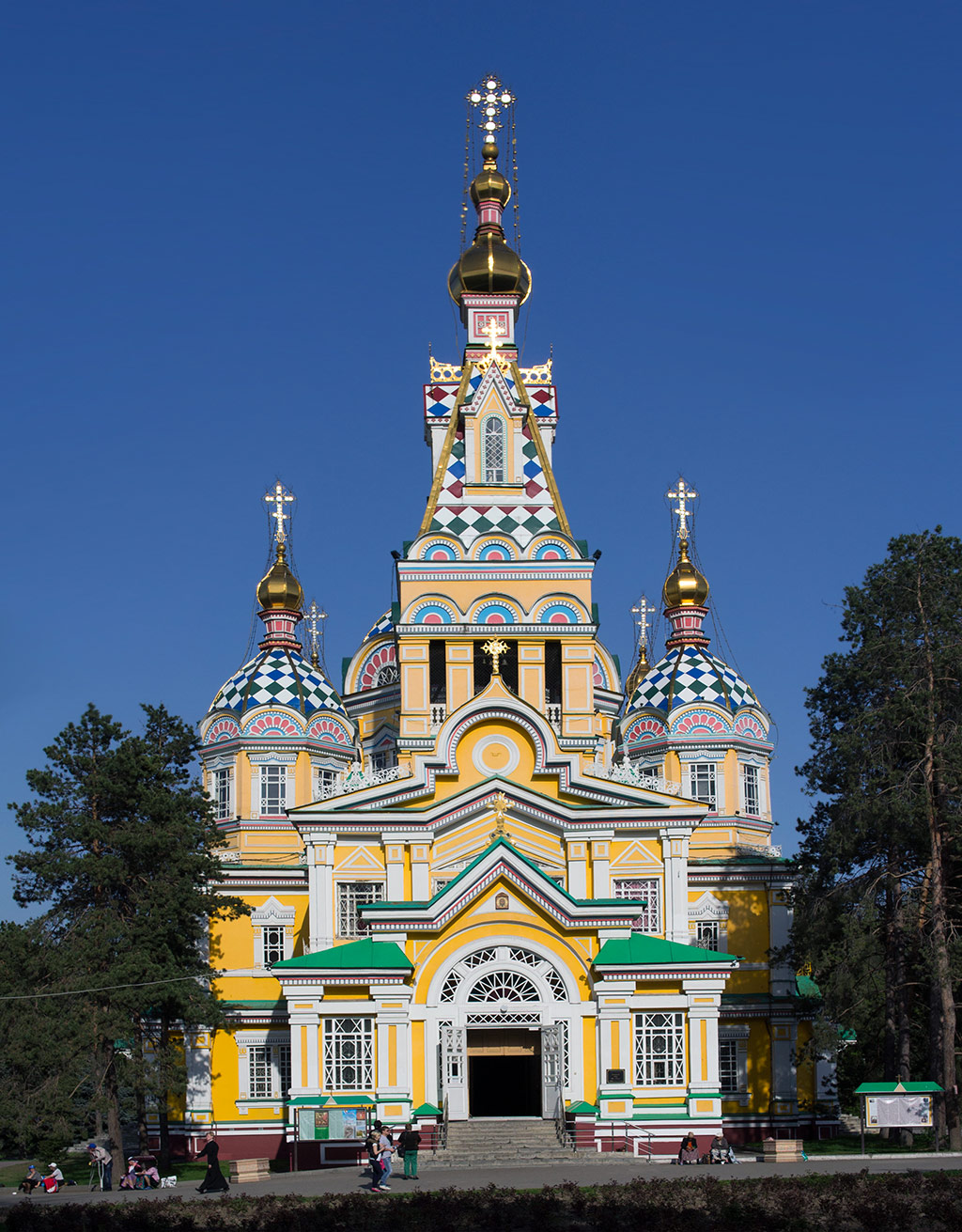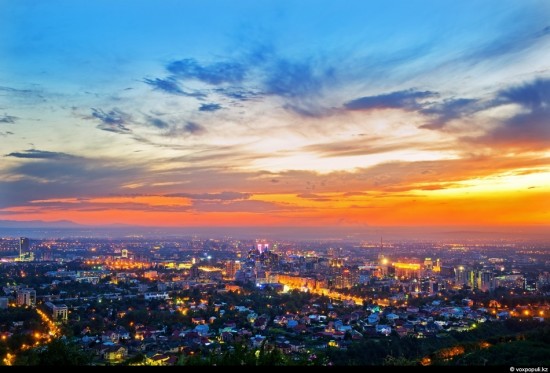 @Vox Populi
@Vox PopuliECONOMIC OUTLOOK
Kazakhstan is the largest and most developed country in Central Asia. Thanks to its significant oil reserves and the supply of almost all important minerals and strategic metals, the Kazakh economy is a relatively stable and resilient, resource-rich economy and the most mature in the region. GDP recorded a sustained 6% growth in real terms last year, while CPI inflation slowed down to 4.9% y-o-y at the end of 2013. It is said that the National Bank’s main task is to decrease the inflation level to 3%-4%.
However, Kazakhstan is an emerging country and the rising imports, mainly in consumer goods, are negatively affecting the balance of payments. That is one of the reasons for the devaluation of its currency, the Tenge, by 19% in February alone. The extent of the devaluation was certainly unexpected, as it was far larger in comparison to the Russian Rouble’s drop, which took place during the same period. Both currencies plunged to a record-low level, and this is likely to affect the real estate market as rates are reflected in fixed dollar amounts.
INVESTMENT MARKET
2013 was a rather successful year for investors, as all the important indicators for commercial real estate have shown smooth and stable growth. Both rents and the total scope of construction works have increased in comparison with 2012. On the other hand, current market conditions have created some threats to the scale of transactions by local investors, acquisitions and disposals are mostly carried out in USD, while income is receivable in KZT.
The sale of commercial properties is not easy at present and some projects and buildings that have been marketed for long periods still await a buyer. The number of properties acting as collateral on bad loans and the high level of foreign borrowing have created a relatively inflated real estate market and affected the financial markets. The share of non-performing loans in the banks’ portfolios is quite significant and is adversely influencing Kazakh economic growth. It is estimated that the share of banks’ NPLs will be reduced to 10% in the next two years.
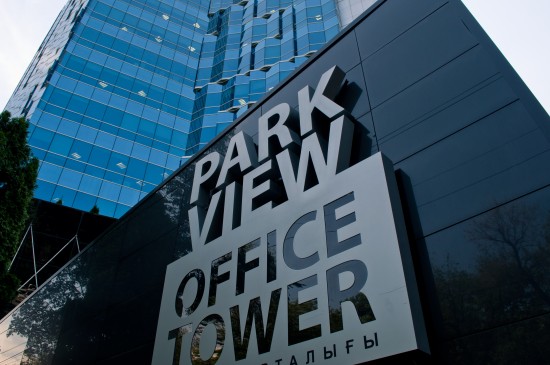 ©Global Development LLP
©Global Development LLPOFFICE MARKET
The total stock of modern office premises (grade-A & B) reached almost 800,000 m², around 21% of which is grade-A office space. Construction in the pipeline is at a relatively high level, especially taking into account the current economic situation. Over the short term, the supply of modern office premises is expected to grow by around 90,000 m². Around 30% of all office buildings currently under construction will be grade-A premises. The biggest players are Global Development and Capital Partners. The most significant business centers in Almaty are three grade-A developments: Park View Office Tower, AFD and Esentai Tower and the biggest grade-B mixed-used development is Nurly Tau.
Since the beginning of 2013, there has been a slight increase in demand for office premises. This has had an impact on the market occupancy rate. The average vacancy rate is around 15% for the grade-A stock and 10% for the grade-B stock. The average baseline rent for grade-A properties ranges between $30 and $50/m²/month, while rents for grade-B premises start from $19 and can reach up to $30.
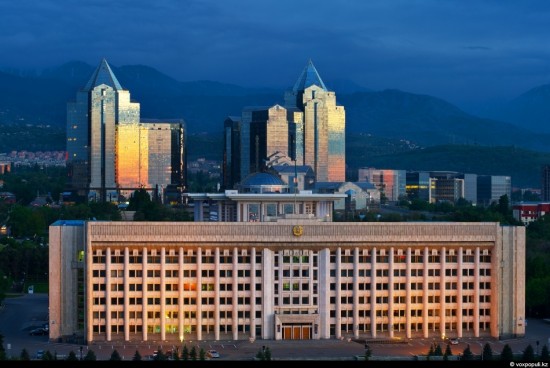 @Vox Populi
@Vox PopuliRETAIL MARKET
In Q4 2013, the total retail stock in Almaty amounted to approximately 500,000 m². The city’s major shopping centers and retail facilities are Mega Alma-Ata, Esentai Mall, Aport, ADK, Sputnik and Almaly. Many interesting schemes are expected to be opened in the future, among which Dostyk Plaza and Alma-Ata. In 2013, many new players entered the market, leading to an increase in average rents. The vacancy rate is relatively stable at around 5%.
It is believed that demand for new, conceptual and professionally managed retail facilities will remain strong. The players who are already active in the market are planning to expand, while many international retail operators are planning to enter the market.
INDUSTRIAL/LOGISTICS MARKET
Almaty is definitely the most developed Kazakh city in the transport and logistics sectors. The city enjoys a strategic position in the CADEC Corridors 1B, 3A and 3B along the international transit route from Europe to Western China, which encourages the development of this real estate sector.
The modern warehouse stock in Almaty totaled circa 400,000 m² at the end of 2013. The warehouse market as a whole comprises a larger total area, with much of the existing warehouse stock built during the Soviet era. DAMU Industrial-logistics Centre, USKO, Paragon Development Logistics and PEAK Logistics are the biggest players in Almaty’s modern warehouse and logistics market.
The average rents on the Almaty industrial market vary between $8 and $15/m²/month (excluding VAT and operational expenses), while the vacancy rate is around 9%.
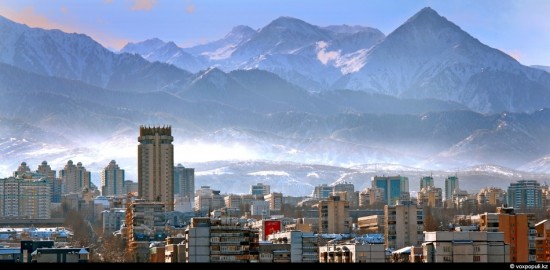 @Vox Populi
@Vox PopuliHOTEL MARKET
Apart from its strong real estate market position, Almaty also attracts relatively high numbers of tourists due to the surrounding Tien-Shan mountain range, its numerous cultural activities, and good accessibility to the most important European and Asian cities. It is the most popular tourist destination in Kazakhstan and still remains a top priority for many international upscale and mid-scale hotel operators, such as RIXOS, InterContinental, Royal Tulip or Holiday Inn. Almaty’s hotel industry has developed actively over the last year; the most important new opening was that of Ritz-Carlton at the end of 2013.
Almaty currently offers over 6,000 hotel rooms. The average daily rate is rather stable and fluctuates only because of seasonal factors, when the occupancy rate reaches its peak in September and October. The average upscale hotel rack rate varies from $400 to $450, while the mid-scale hotel rack rate reaches the average level of $250.
If you’d like to promote your city, please contact media@europe-re.com.
